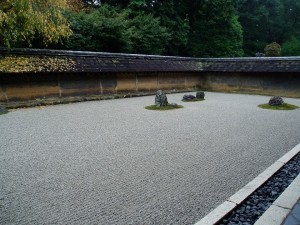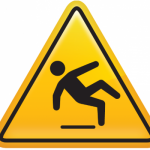
“What is Zen?” I asked my teacher.
The air was muggy in his kitchen, but the mood was light. We had just finished two big bowls of buckwheat soba noodles with ice cubes floating in them – the perfect Japanese dinner on a hot summer night. The moment seemed right. Finding a time when he was open to questions was not easy.
The relationship between student and teacher in Japanese culture is much different from ours, especially when you are uchideshi (apprentice). Questions are really not supposed to be asked by the student. It is the teacher’s place to decide what will be taught, not the pupil’s. So, the student must be patient and work hard to receive knowledge. That makes the student truly appreciate every lesson.
By asking the occasional question, though, I found I could give my teacher a hint at what I was thinking. Perhaps I could plant a seed for later harvest. My teacher could then offer the lesson at the time of his choosing and on his own terms. It might be months, or years, before the question bore fruit, but it was always worth the wait. It was easy to know if I had stepped over the line by asking an inappropriate question. One of two things would usually happen: either the subject was changed immediately; or I was completely ignored.
On occasion, though, my teacher would respond to my questions with interest. I could then pursue that line of questioning further. However, I had to proceed with caution. Frivolous questions would show lack of sincerity; too pointed of questions would be taken as forceful and disrespectful.
When I found a time he was responsive to questions it felt like a genie had popped out of a bottle and granted me three wishes. Great care had to be taken to not waste a question. Seldom did I get more than three questions. Then, like the genie, Poof! the moment was gone.
I had heard about Zen, but I didn’t really know anything about it. I knew it was a spiritual thing and it had to do with a certain state of mind, and that martial artists often studied it. But I had trained for over ten years and my teacher had never mentioned it once. One of the students at the dojo was reading a book called Zen in the Martial Arts, and I felt like I should know more about it.
It seemed like a valid question to ask.
“What is Zen?” I asked my teacher.
“Zen is something you don’t talk about,” he replied abruptly, “it is something you either understand, or you don’t. You don’t learn it by talking about it or reading about it. You train. If you train long enough, then you will understand Zen.”
No further questions.
This article was originally printed in July 2002 in the BMAI newsletter “Best Times.”


